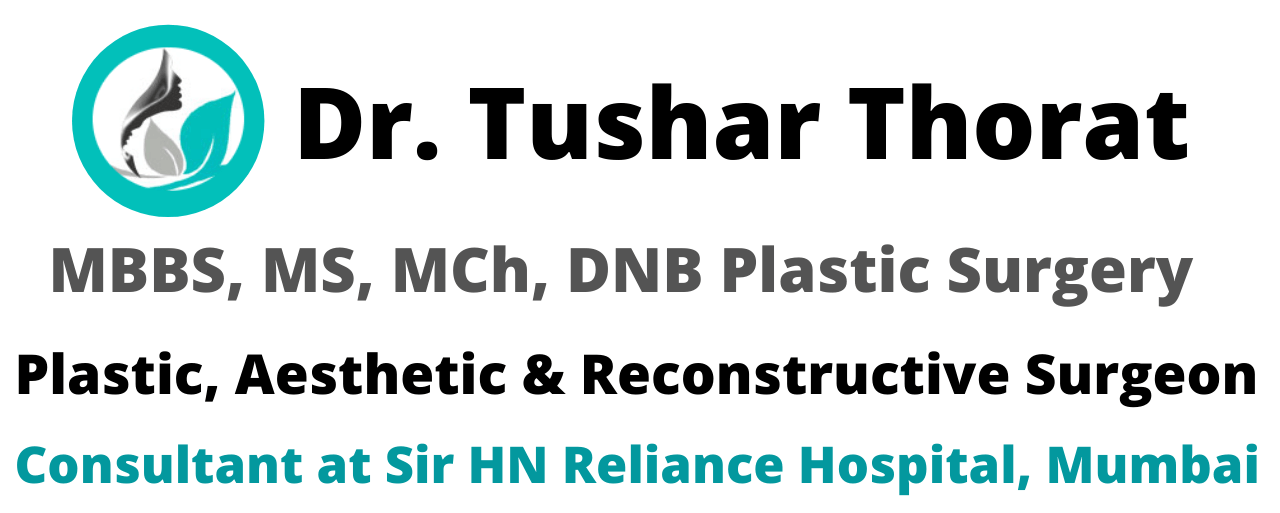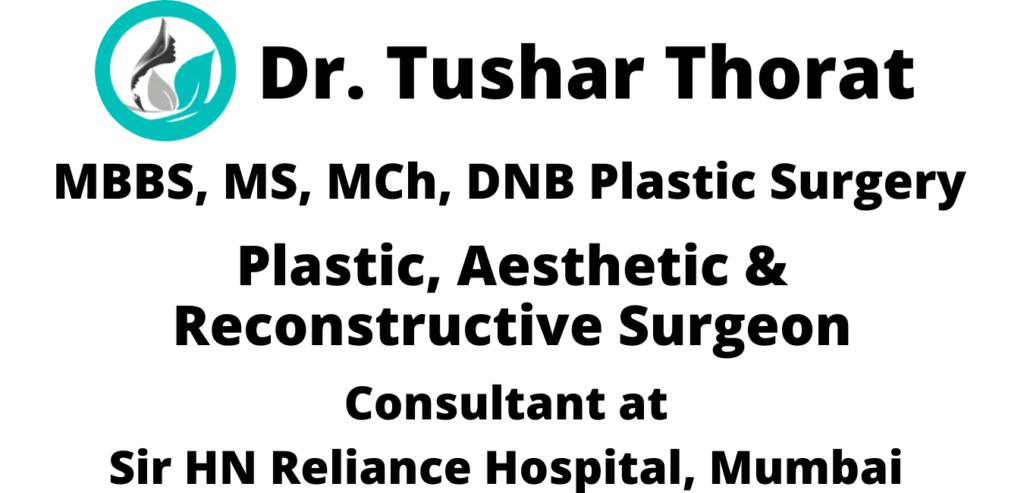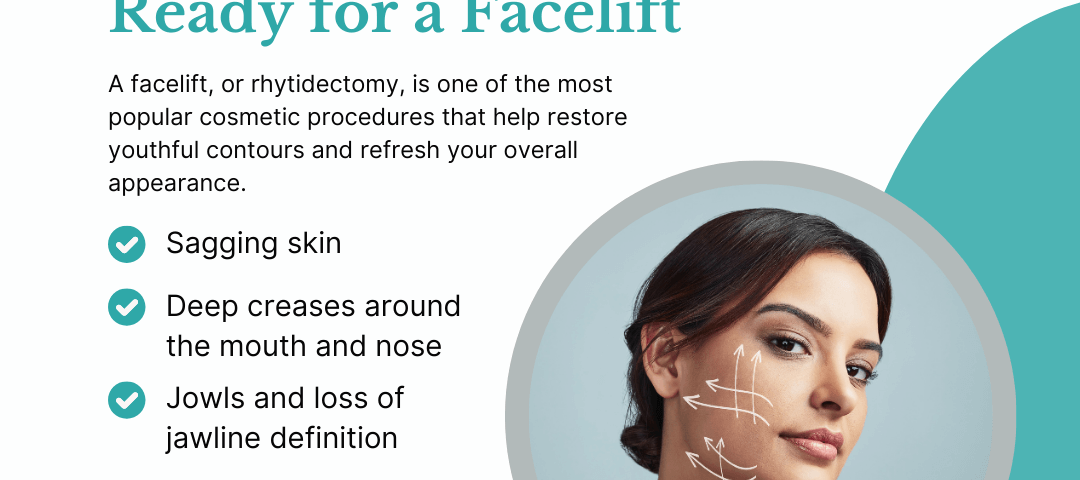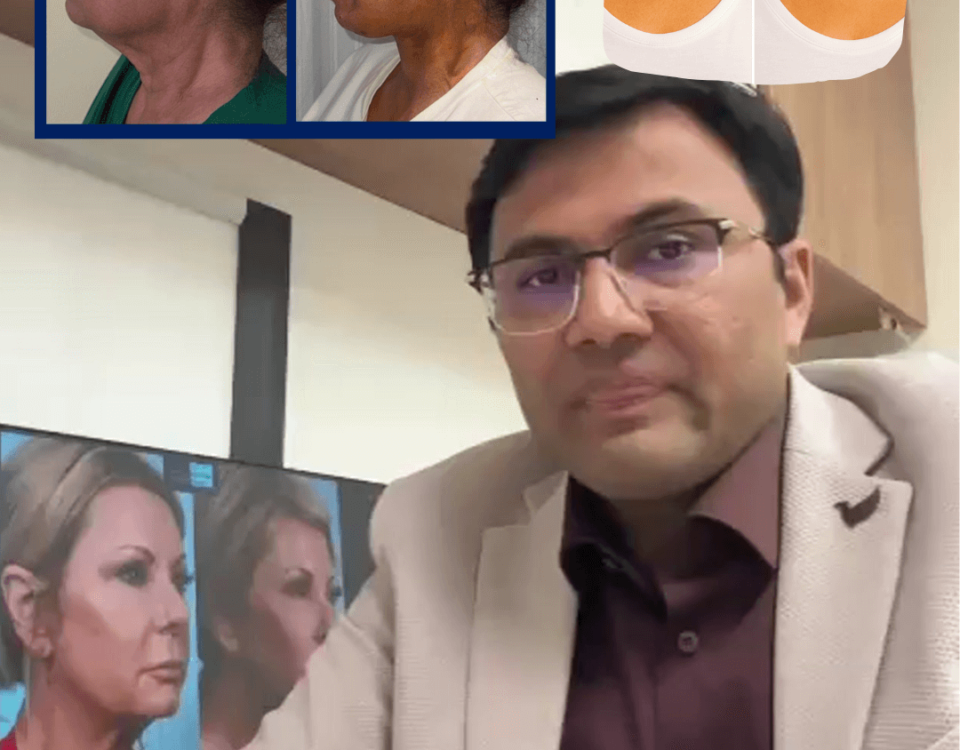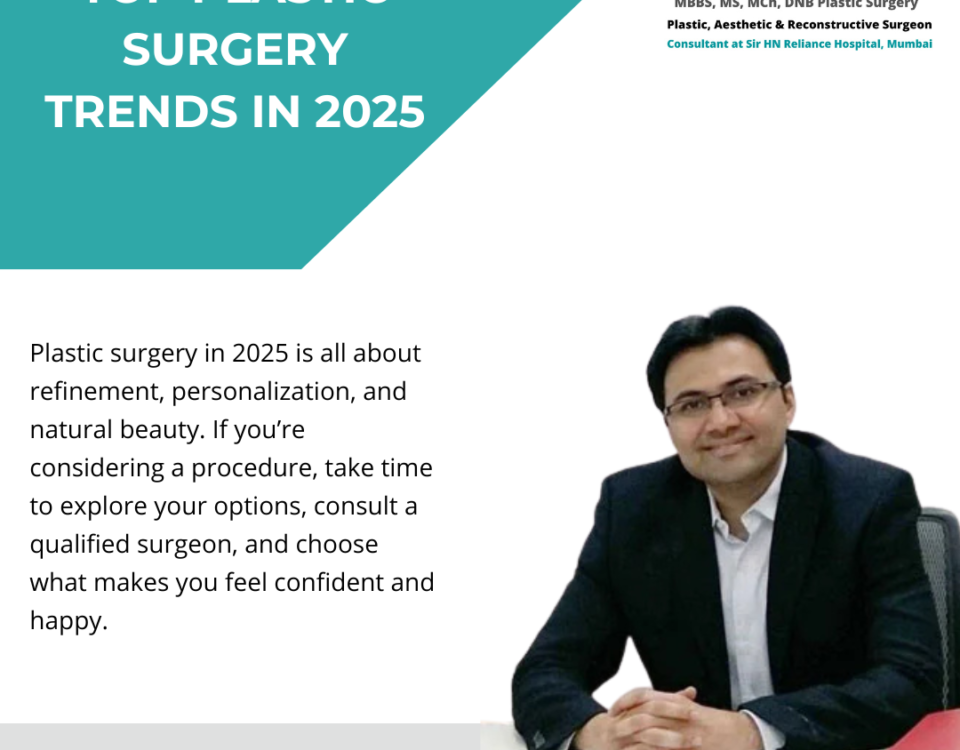Aging is a natural part of life, but the visible signs of aging—like sagging skin, deep wrinkles, and a tired appearance—can impact our confidence. If you’ve been looking in the mirror and wondering whether it’s time to consider a facelift, you’re not alone. A facelift, or rhytidectomy, is one of the most popular cosmetic procedures that help restore youthful contours and refresh your overall appearance.
In this blog, we’ll walk you through the key signs that might indicate you’re ready for a facelift, answer the most common questions people ask, and explain how this transformative procedure can help you look and feel your best.
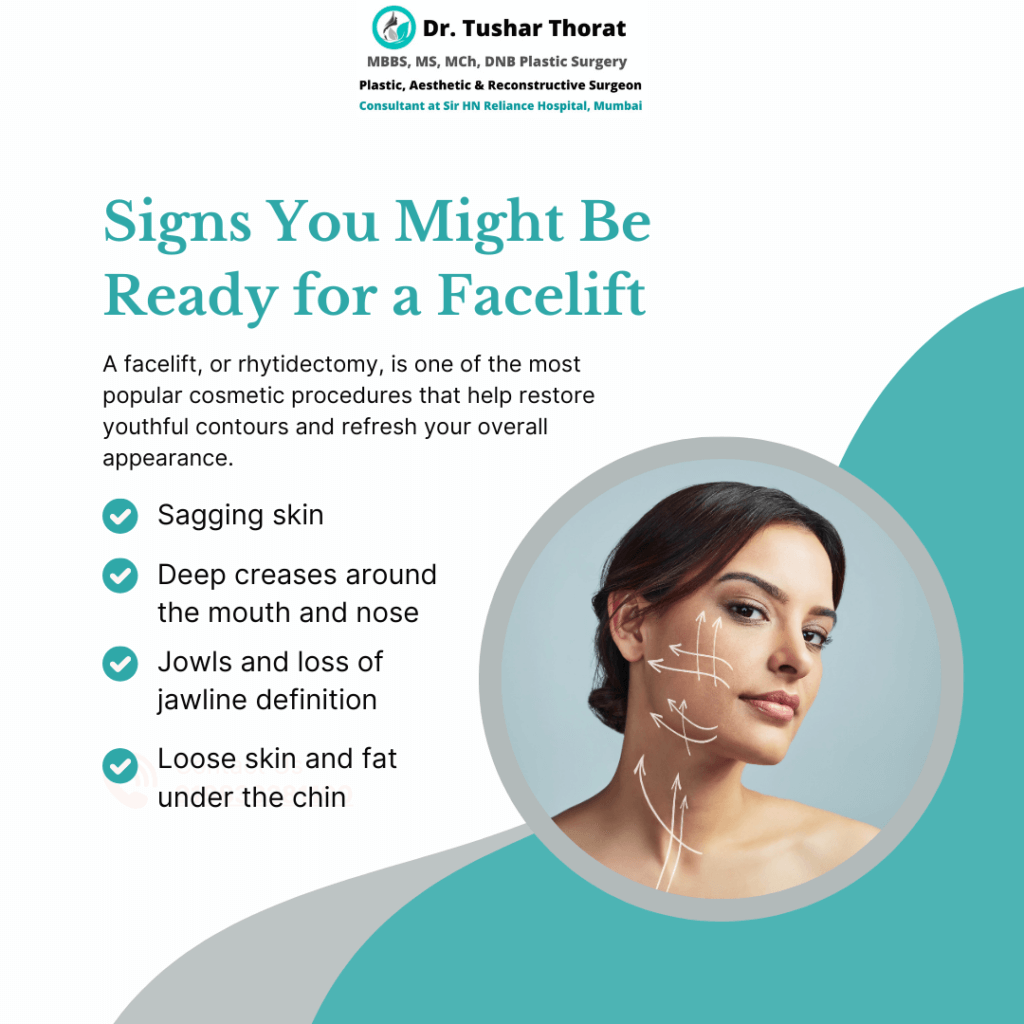
What Is a Facelift?
A facelift is a surgical procedure that lifts and tightens the skin and underlying muscles of the face to reduce signs of aging. It primarily focuses on the mid to lower face and neck, addressing:
- Sagging skin
- Deep creases around the mouth and nose
- Jowls and loss of jawline definition
- Loose skin and fat under the chin
Unlike non-surgical treatments, a facelift offers long-lasting, dramatic results, making it ideal for those who want more than what fillers or skin tightening treatments can offer.
Top Signs You Might Be Ready for a Facelift
1. Sagging Skin Around the Jawline or Neck
If you’ve noticed the skin around your jawline has lost definition or you have “turkey neck,” it might be time to consider a facelift. These are classic signs of skin laxity that cannot be corrected by non-invasive treatments.
2. Deep Wrinkles and Folds
Wrinkles that are too deep for Botox or fillers—especially those around the nose (nasolabial folds), mouth, and jawline—are good indicators that a facelift may be more effective.
3. Tired or Angry Appearance
Many people complain that their face looks constantly tired, angry, or sad—even when they feel fine. A facelift restores a refreshed, youthful look, giving you a more vibrant expression.
4. Loss of Facial Volume and Definition
While fillers help temporarily restore volume, they don’t address structural sagging. A facelift repositions the underlying tissues to improve facial contours naturally.
5. You’ve Tried Non-Surgical Options Without Lasting Results
If you’ve tried radiofrequency tightening, Botox, or fillers and still aren’t satisfied, a facelift offers more permanent and comprehensive results.
6. Good Physical and Emotional Health
Ideal facelift candidates are in good general health, non-smokers, and have realistic expectations. If you check these boxes, you may be ready to take the next step.

Most Common Questions About Facelift Surgery
At what age should I consider a facelift?
There is no “right” age, but most people consider a facelift between the ages of 40 and 60. The best time is when the signs of aging become prominent and cannot be corrected with other treatments.
How long does a facelift last?
On average, facelift results can last 10–15 years depending on lifestyle, genetics, and skincare habits.
Will it look natural?
In the hands of an experienced plastic surgeon like Dr. Tushar Thorat, results are natural—not tight or “pulled.” His approach focuses on subtle enhancements that maintain your unique features.
Is recovery painful?
You may experience swelling, tightness, and mild discomfort in the first week. Most patients return to normal activities in 2–3 weeks.
Facelift vs. Non-Surgical Alternatives
| Feature | Facelift | Non-Surgical Options |
|---|---|---|
| Duration of Results | 10–15 years | 6–18 months |
| Downtime | 2–3 weeks | Minimal |
| Cost | Higher upfront cost | Lower, but recurring costs |
| Effectiveness | Significant skin tightening | Mild to moderate tightening |
How Dr. Tushar Thorat Approaches Facelift Surgery
Dr. Thorat believes in a customized approach tailored to each patient’s facial anatomy and aesthetic goals. He uses advanced surgical techniques that involve:
- Tightening the SMAS layer (underlying facial muscles)
- Removing excess skin
- Repositioning fat for better contours
- Ensuring minimal scarring with discreet incisions
The result? A youthful, rested appearance that looks completely natural.
Conclusion: Is It Time to Reclaim Your Confidence?
A facelift isn’t just about looking younger—it’s about feeling confident and comfortable in your skin. If you’re experiencing visible signs of aging that are affecting your self-esteem or how others perceive you, it may be time to explore the benefits of facelift surgery. Book your consultation today with Dr. Tushar Thorat and take the first step toward a youthful transformation.
